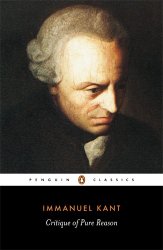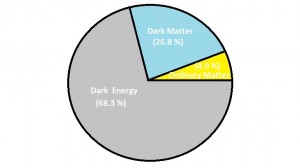Q: If we consider humans as finite beings, what evidence do we have that ‘eternity’ has any meaning? (Quora)
A (Martin): It is difficult to fathom what time, and timelessness, are. When confronted with such a conundrum, St. Augustine retorted: ‘If no one asks me, I know; if I want to explain it to a questioner, I do not know’ — such are the limitations of our understanding of reality (physical and non-physical), even though physics and mathematics come to our aid in this and also with the phenomenon of space (space-time). What is more, philosophy and metaphysics have a better grasp of the non-physical dimensions of reality than science, aided and abetted as they are by (universal) intuition. For metaphysics, time does not exist outside of our minds, and it is the same, by implication, with the concept of the ‘present’, even though the latter is what gives a semblance of reality to reality tout court (all that is and ever has been) – almost incomprehensible to the ordinary mind. The concept of space is in the same category. In Advaita Vedanta space (Akasha) is postulated as the subtlest of the five physical elements, which gives rise to the other four and is characterized by pervasiveness. Three types of space are considered: physical, mental, and intellectual or spiritual.



